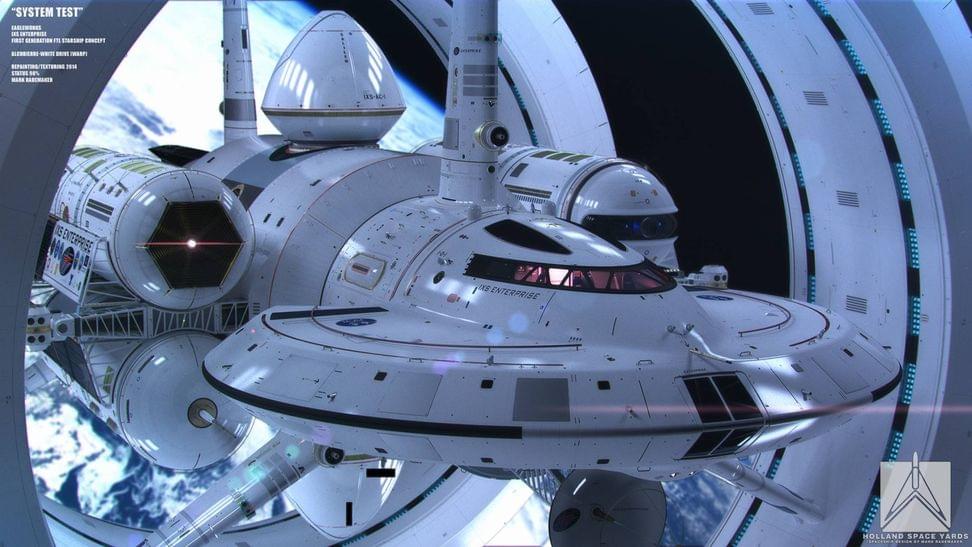
Get the latest international news and world events from around the world.



Coffee drinkers have a 29 percent lower risk of death than non-coffee drinkers
Is it all down to a cup of joe then?
People who drink coffee regularly, with or without sugar, both seem to benefit from the beverage as it cuts down on the risk of early death, * The Guardian* reported.
Grabbing a cup of coffee may just be something you do almost unconsciously as you sit down with your morning newspaper or before you start your workday. As the day wears on, you might be down three cups or maybe even five without giving it a second thought. However, scientists have been very conscious of the world’s coffee consumption.
Estimates suggest that over 400 million cups of coffee are consumed every day) in the U.S. That’s literally more than a cup of coffee for every inhabitant of the country. Since not everybody consumes coffee every day, the numbers suggest that an average American coffee consumer drinks three cups of coffee a day.
## How does coffee affect your health?
The critical component of coffee, caffeine is a stimulant of the central nervous system. Every time you consume caffeine or a soft drink that is also pumped with caffeine, the chemical blocks the action of adenosine on the neuronal receptors and stops you from feeling drowsy.
While this helps you feel more active and energized, caffeine is an addictive drug and researchers have warned against excessive consumption of it. Strangely though, consumption of coffee has also been linked to positive outcomes such as limiting the growth of prostate cancers or warmer brews being packed with antioxidants.
Key to spreading inflammation in rheumatoid arthritis found
Remote inflammation in rheumatoid arthritis spreads by neuron crosstalk, and the molecule adenosine triphosphate (ATP) plays a key role in this.
Rheumatoid arthritis is a chronic inflammatory autoimmune disorder that mainly causes painful joints. It’s estimated to affect over 450,000 Australians.
Remote inflammation is a key feature – where inflammation spreads from one joint to another. Research has shown that factors involved include cells migrating from the joints and neural circuits, but until now the mechanism behind this spread had not been explained.
Now, a new study in mice has found that remote inflammation spreads by neuron crosstalk, and that the molecule adenosine triphosphate (ATP) plays a key role in this by acting as a neurotransmitter and inflammation enhancer.

Scientists Eliminate Chronic Pain in Mice and Primates Using Gene Therapy
Using a new gene therapy technique, researchers at the University of California San Diego reduced neuropathic pain resulting from spinal cord or other nerve injuries in mice — and with no detectable side effects.
The research is highly intriguing because it could lead to new treatment options for the untold numbers of patients who experience chronic pain, numbness or weak muscles as a result of spinal cord injuries.
Treating nerve damage or dysfunction, otherwise known as neuropathy, with drugs can often lead to side effects. These drugs also have to be administered continuously, and opioids — which are particularly effective painkillers — can often lead to addiction issues.

A world first: for the first time, a human liver was treated in a machine and then successfully transplanted
Background An attempt was made to reprogram peripheral blood cells into human induced pluripotent stem cell (hiPSCs) as a new cell source for cartilage repair. Methods We generated chondrogenic lineage from human peripheral blood via hiPSCs using an integration-free method. Peripheral blood cells were either obtained from a human blood bank or freshly collected from volunteers. After transforming peripheral blood cells into iPSCs, the newly derived iPSCs were further characterized through karyotype analysis, pluripotency gene expression and cell differentiation ability. iPSCs were differentiated through multiple steps, including embryoid body formation, hiPSC-mesenchymal stem cell (MSC)-like cell expansion, and chondrogenic induction for 21 days. Chondrocyte phenotype was then assessed by morphological, histological and biochemical analysis, as well as the chondrogenic expression.

Reprogramming of blood cells into induced pluripotent stem cells as a new cell source for cartilage repair
An attempt was made to reprogram peripheral blood cells into human induced pluripotent stem cell (hiPSCs) as a new cell source for cartilage repair.
We generated chondrogenic lineage from human peripheral blood via hiPSCs using an integration-free method. Peripheral blood cells were either obtained from a human blood bank or freshly collected from volunteers. After transforming peripheral blood cells into iPSCs, the newly derived iPSCs were further characterized through karyotype analysis, pluripotency gene expression and cell differentiation ability. iPSCs were differentiated through multiple steps, including embryoid body formation, hiPSC-mesenchymal stem cell (MSC)-like cell expansion, and chondrogenic induction for 21 days. Chondrocyte phenotype was then assessed by morphological, histological and biochemical analysis, as well as the chondrogenic expression.
HiPSCs derived from peripheral blood cells were successfully generated, and were characterized by fluorescent immunostaining of pluripotent markers and teratoma formation in vivo. Flow cytometric analysis showed that MSC markers CD73 and CD105 were present in monolayer cultured hiPSC–MSC-like cells. Both alcian blue and toluidine blue staining of hiPSC–MSC-chondrogenic pellets showed as positive. Immunohistochemistry of collagen II and X staining of the pellets were also positive. The sulfated glycosaminoglycan content was significantly increased, and the expression levels of the chondrogenic markers COL2, COL10, COL9 and AGGRECAN were significantly higher in chondrogenic pellets than in undifferentiated cells. These results indicated that peripheral blood cells could be a potential source for differentiation into chondrogenic lineage in vitro via generation of mesenchymal progenitor cells.

Over 3.6 million MySQL servers found exposed on the Internet
Over 3.6 million MySQL servers are publicly exposed on the Internet and responding to queries, making them an attractive target to hackers and extortionists.
Of these accessible MySQL servers, 2.3 million are connected over IPv4, with 1.3 million devices over IPv6.
While it is common for web services and applications to connect to remote databases, these instances should be locked down so only authorized devices can connect to them.

This WhatsApp Scam Lets Hackers Take Control of Your Account with One Phone Call!
WhatsApp is one of the most popular messaging platforms in the world with over 2 billion users. Thanks to its massive user base, it has also become a breeding ground for scammers and hackers involved in malicious activities. Now, according to a recent report, a WhatsApp scam that enables an attacker to take control of a user’s WhatsApp account is currently in operation. Check out the details below right now!
According to a recent report by Gizchina, citing cybersecurity firm CloudSEK, a new scam currently targeting random WhatsApp users lets an attacker completely take control of their WhatsApp account with only a phone call. Once an attacker takes hold of a WhatsApp account, they can demand money from the user’s WhatsApp contacts.
The new scam was recently discovered by Rahul Sasi, who is the founder and CEO of CloudSEK. According to him, the primary objective of the hacker is to randomly call an unsuspecting WhatsApp user and try to convince them to call a specific number. If a user, unfortunately, dials the number as instructed by the attacker, they will be logged out of their WhatsApp account and the hacker will be able to take control of it.
